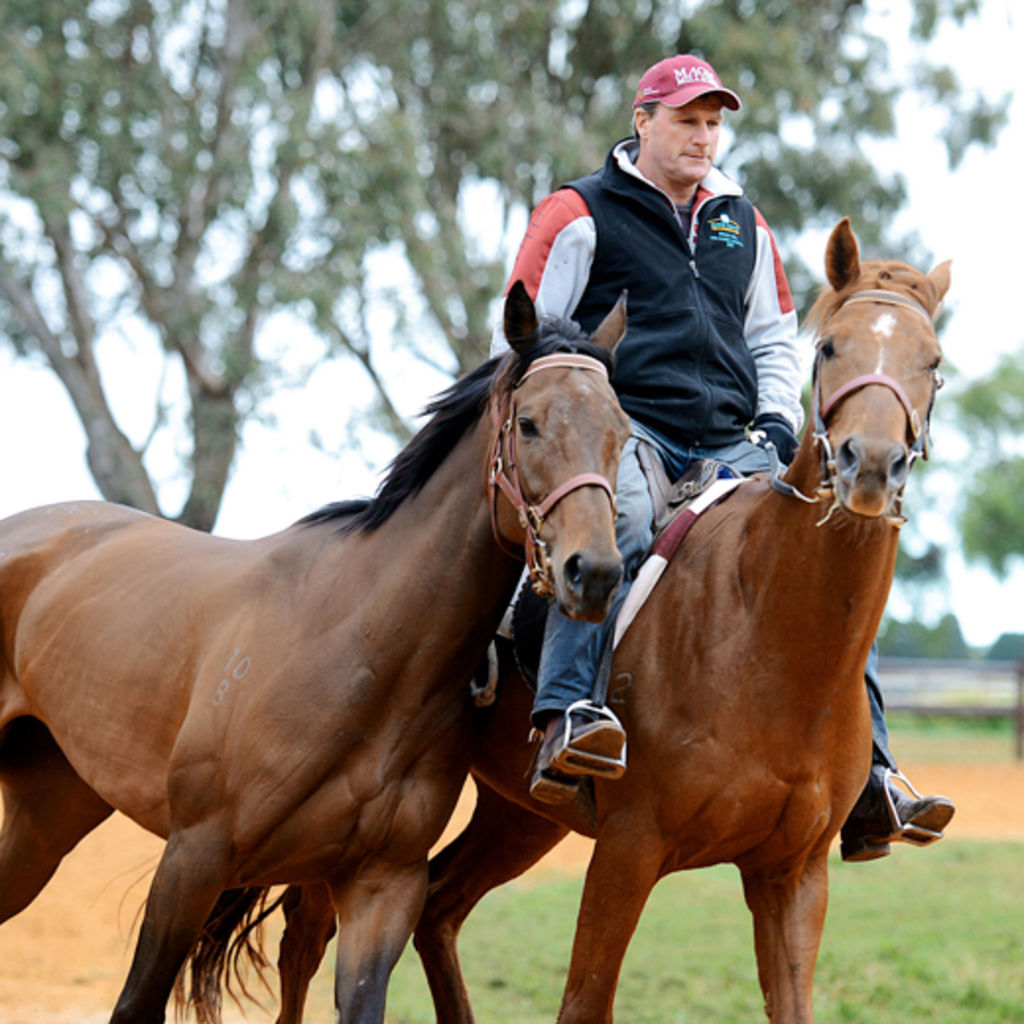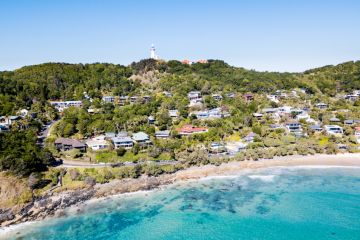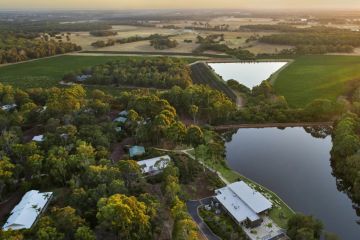Inside the stables: Chris Waller and Darren Weir to assert their unrivalled dominance this spring racing carnival

When the premiership scores are tallied at the end of each racing season, themes are revealed.
Racing in Australia’s two biggest cities has been a land of giants for a handful of years now. The only significant new theme when the scores came in at the end of July was that trainers Chris Waller and Darren Weir have become not just bigger and stronger, but bigger and stronger than anyone before them.
Amid the deserved celebration of the backstories of both trainers – country hamlet kids who went from zero to hero – their steamrolling success has exposed sores that already existed.
Victoria has more than 800 registered horse trainers and two dominators, Weir and Team Hayes. Many trainers, frustrated by slow horses and slow payers, struggled before Weir swaggered onto the landscape. His horses run and win everywhere, from Flemington to Swan Hill. In a bid to keep pace, Team Hayes’ horses go where Weir’s go.

Waller, thankfully for those out bush in NSW, is more city-centric, where the effect has been dramatic. Previous giants, like Gai Waterhouse, have been cut in half by Waller, whose dominance on the form guide reads as though a finger got stuck on the “search-and-replace” key.
In some cases, Waller’s horses comprise almost entire race-fields in Sydney, particularly staying races. Punters scratch their heads – “Which one?’’ – and stewards hawk tactics. They’re assisted by Waller, who presents them each Saturday with the “grid’’, his take on how his horses might position themselves in the race, making something potentially murky look a little more clear.
Both Weir and Waller are in their mid-40s, so are at the peak of their dominance: soft-spoken, tear-prone Waller at times self-conscious about crushing his rivals, once saying he felt relieved when the stable had a lean patch; and steel-jawed, unsentimental Weir, far more blinkered, insisting struggling rivals have had the same opportunity, more in most cases, to make good.
The outside-world perception of Waller is that he trains a horse called Winx. But Winx is his shop window. Waller trains an army of more than 200 others from four stables – a core squad at Sydney’s Rosehill, plus barns at Warwick Farm, on the Gold Coast and in Melbourne.
Just as Weir wandered into Stawell as a hard-working 25-year-old horse-breaker in the mid-1990s, New Zealand-raised Waller gambled his way across the Tasman in 2000 with six horses, a maxed-out credit card, a girlfriend – Stephanie, now his wife and mother of their two children – and a trajectory that has seen him win the last eight Sydney training premierships.
Weir, born on a wheat farm at Berriwillock, a Mallee blip on the radar of two big wheat silos and a handful of facades of long-deserted local businesses, has won five straight Melbourne premierships.
The numbers reveal that Waller and Weir are bigger than those who dominated before them.
The effect has been felt by trainers who are hopelessly out-gunned and under-resourced. Others work out ways to combat them. Training partnerships – with two heads being better than one – have become increasingly popular.
Waller trained 189 Sydney winners last season. His horses earned $22 million. He trained 152 the previous season; 169 the one before that. Waterhouse won seven Sydney premierships but only topped the “ton’’ four times.
Weir trained 153 Melbourne winners in 2017-18. It’s been a steady progression, increasing season by season from 86 wins to take his first title in 2013-14. David Hayes and Lee Freedman won scores of premierships but each only once trained 100 winners-plus.
Weir’s 250-plus horses in training are scattered around Victoria.
Most are at Ballarat, more than 60 at Warrnambool, a growing number at Weir’s new farm near Maldon and dozens of “pre-trainers’’ with other trainers, who have worked out that the best way to combat Weir is to be paid by him.
There have been growing pains. Rival Warrnambool trainers believed the catalyst for restricted beach use a few years back was the increasing swarm of Weir horses working in the dunes and shallows.
Weir merely shrugged, reduced his numbers a little and imported truckloads of sand to his Maldon farm; his own inland beach.
One of the great quirks of racing is that the rich and powerful don’t win all of the time.
Waller had every runner bar one in a 12-horse field (two were later scratched) at Randwick in early August. In that one race, bookies offered $1.04 about a Waller victory, only for $8 chance Red Alto, trained by Brent Stanley near Bendigo, to withstand the tsunami. On the same weekend in Melbourne, where they raced at Moonee Valley on the Saturday and Sandown on the Sunday, Weir won just one race; a minor hurdle at Sandown.
This spring, the Weir and Waller teams will descend upon Caulfield, Moonee Valley and Flemington, but the world will also arrive – armies from England, Ireland, central Europe and Japan.
Weir and Waller, always ahead of the game, have imported foreign battalions of their own.
History says that, come carnival time, the superpowers come back to the pack. The higher the stakes, the greater the competition.
Spring has always been a pretty good time for giant-slayers.
We thought you might like
States
Capital Cities
Capital Cities - Rentals
Popular Areas
Allhomes
More







